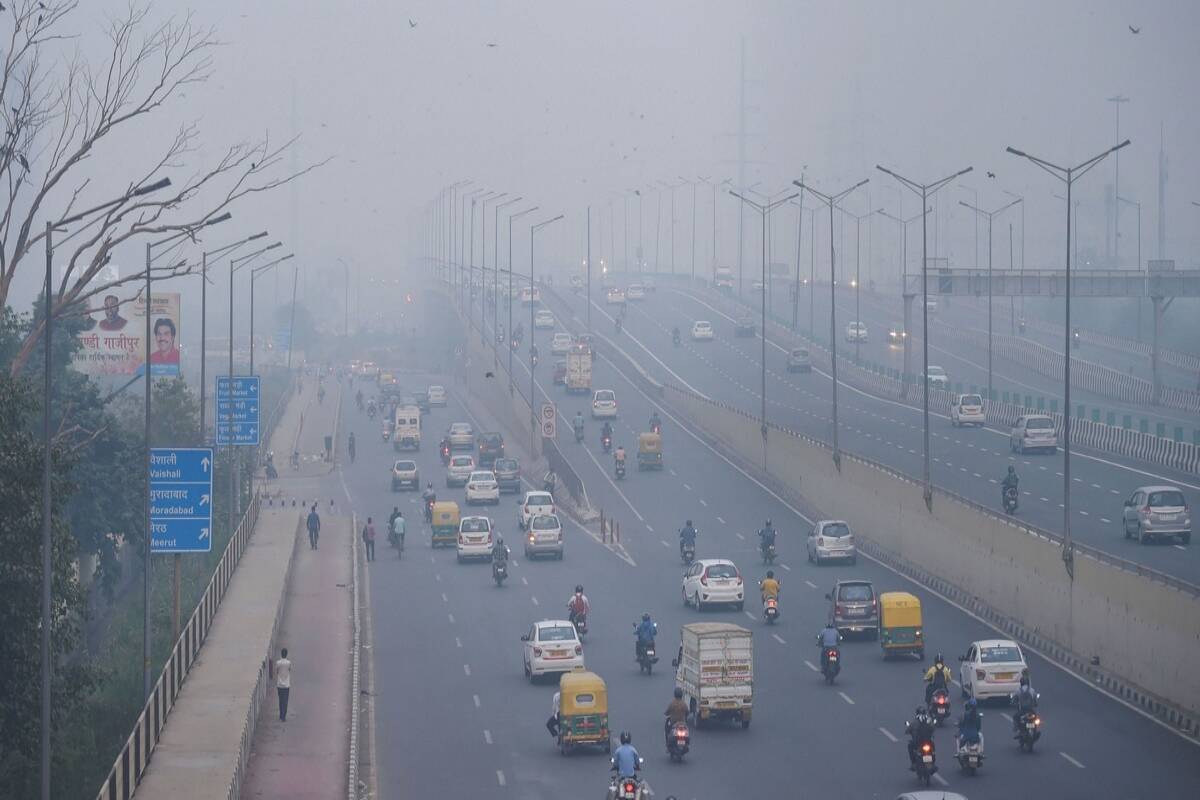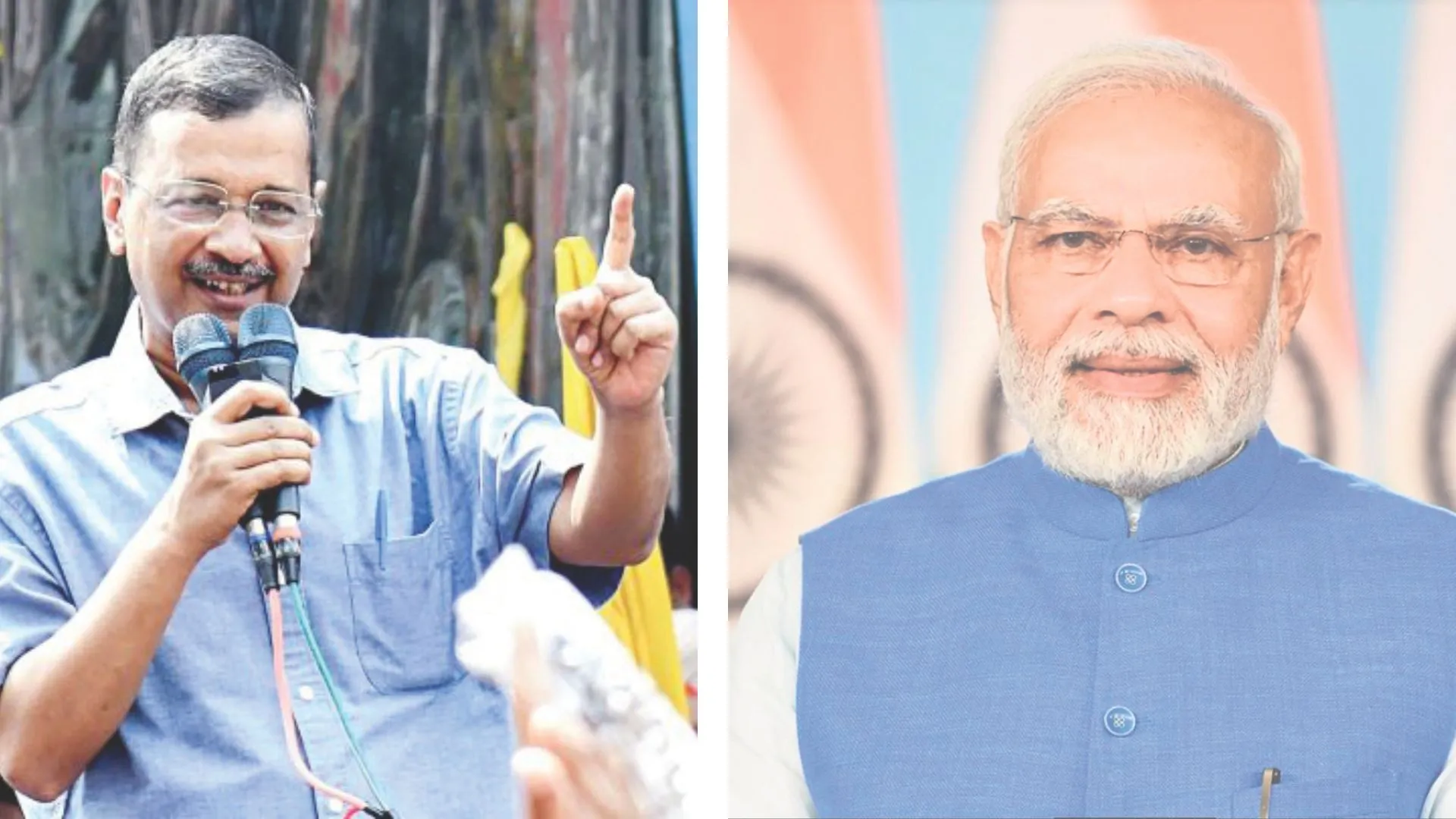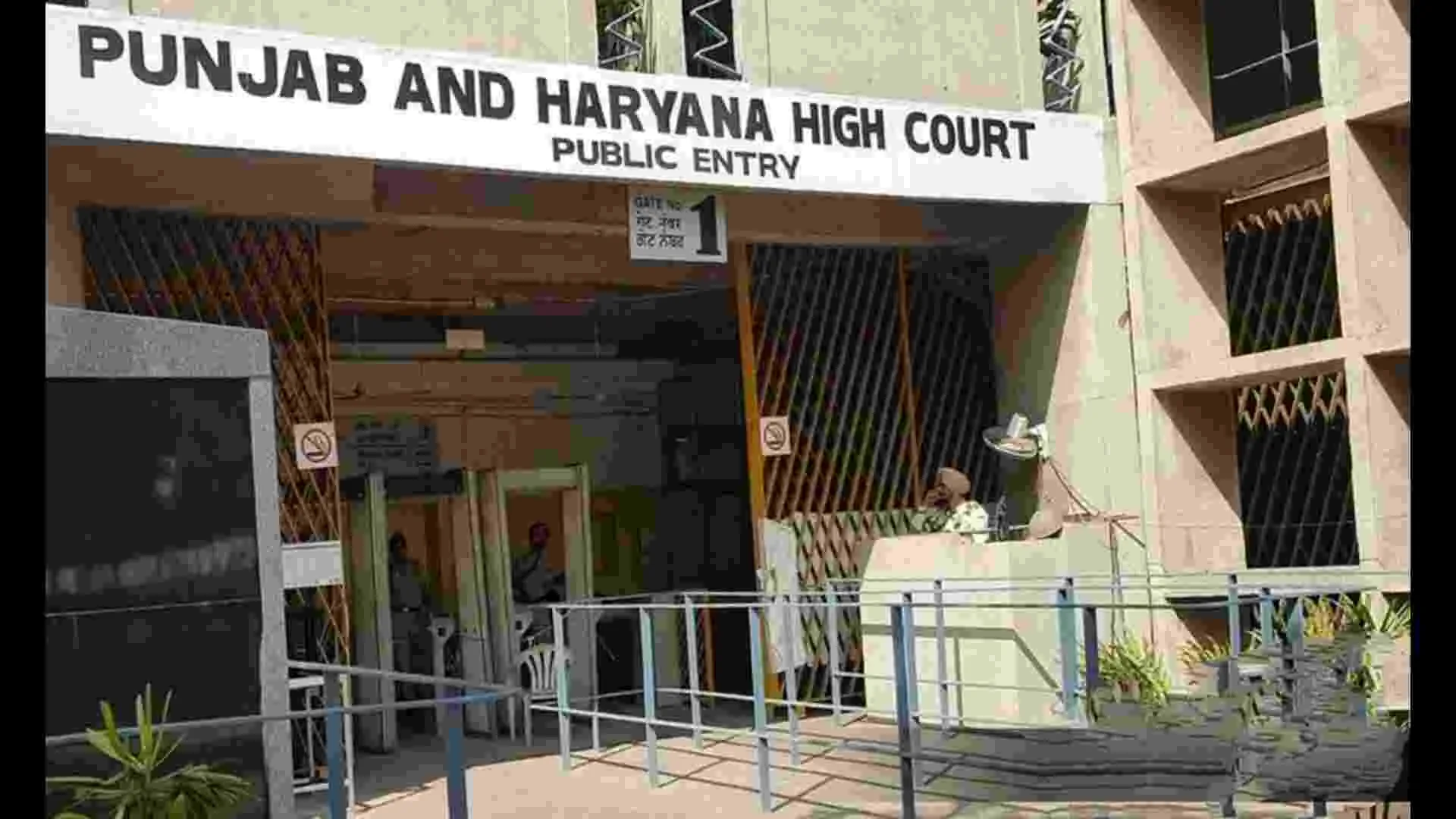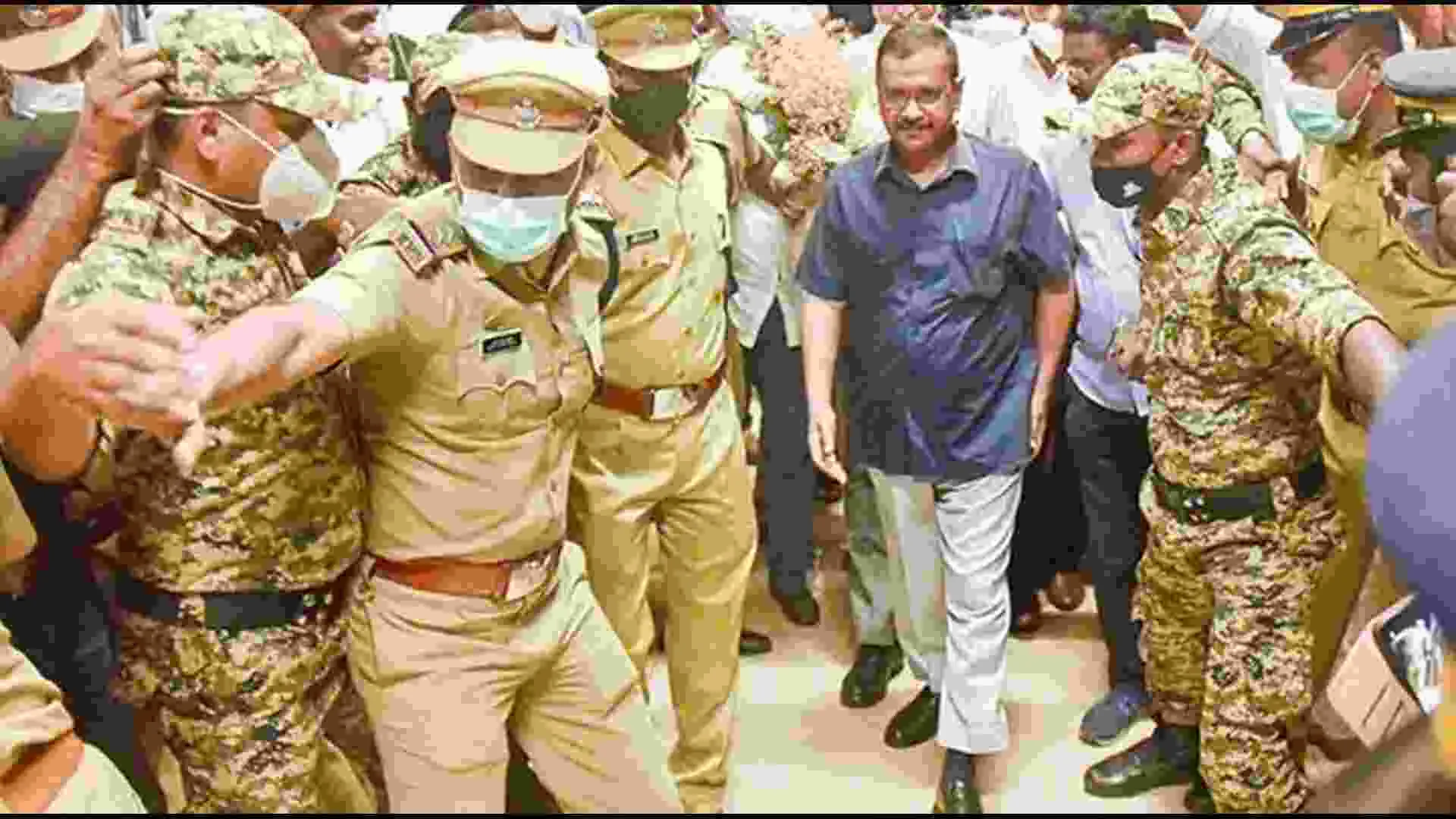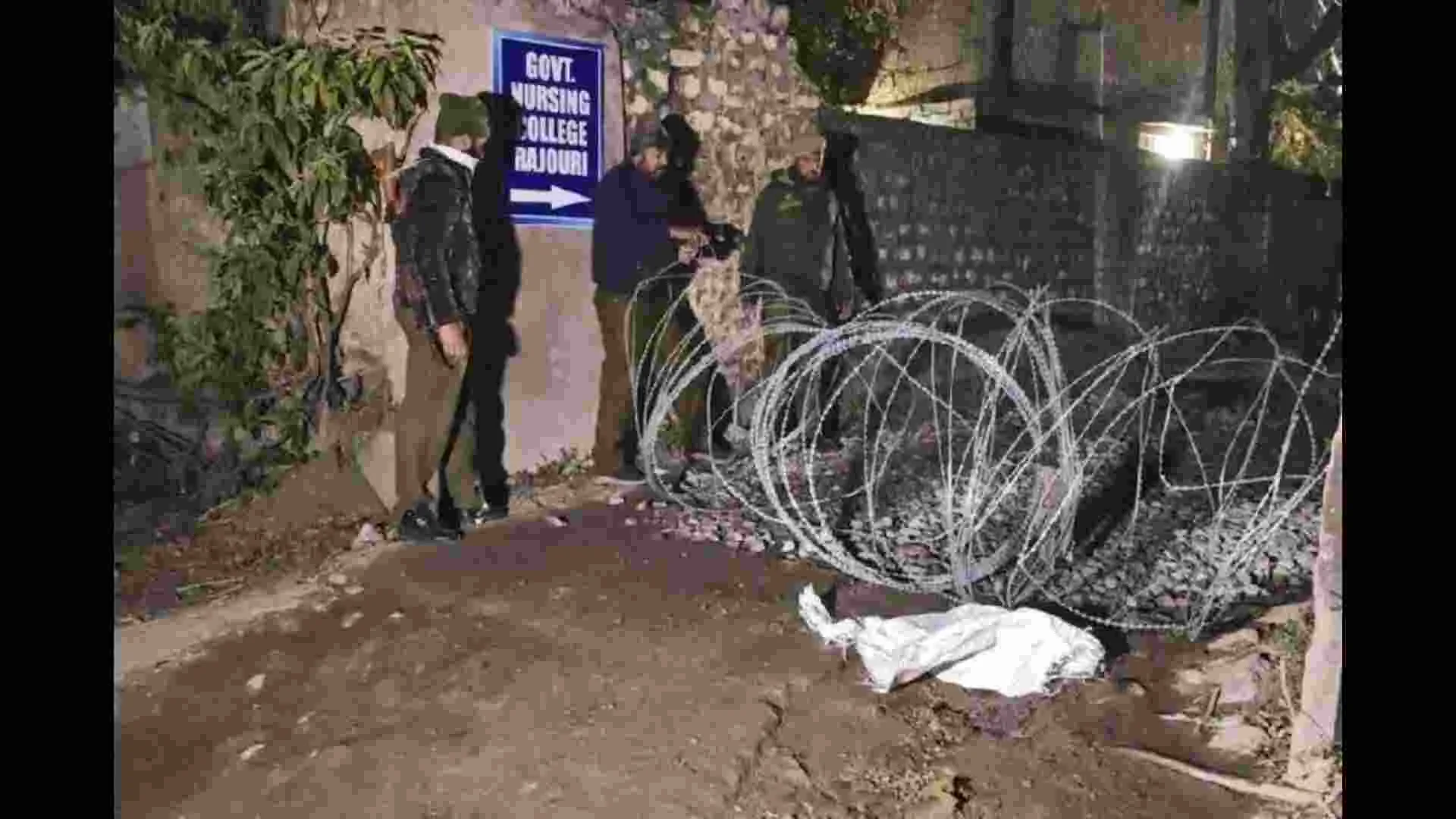Delhi, the vibrant capital of India, is gasping for breath as it grapples with a crisis that not only threatens public health but also silently burdens the nation’s economy. Delhi’s air quality has plunged into the hazardous zone, registering a jaw-dropping ten times above the recommended safe limit. While the blame typically centres around Diwali fireworks, this year Diwali is yet to arrive; this underscores a far more complex and pervasive issue that transcends the festival of lights.
What is truly disconcerting is that this unfolding drama is not confined to the borders of Delhi alone. As international cricket teams battle it out on the pitch amidst this choking haze, we must acknowledge the gravity of the situation. Medical experts caution that breathing this toxic air is akin to smoking 25 to 30 cigarettes daily. With the world’s gaze on India, the stakes couldn’t be higher. It’s an unenviable scenario that leads to a familiar refrain from our political leaders: a blame game, with state governments pointing fingers at the Centre and vice versa.
A REPETITIVE SAGA
The annual pollution crisis in Delhi is a never-ending loop, and while we have discussed solutions year after year, a crucial divergence in 2023 lies in the fact that the pre-Diwali pollution peak has arrived early. To truly grasp the severity of this crisis, we need to delve into the intricacies of the Air Quality Index (AQI), which categorises air quality into six classes. An AQI exceeding 150 indicates air unfit for human habitation, with grave health repercussions. Presently, Delhi’s AQI stands at “hazardous,” far beyond the highest measurable limit of 999. It is a poignant reminder that this is an ongoing problem of monumental proportions.
The elephant in the room, PM 2.5 or particulate matter, poses a significant health risk. These tiny particles infiltrate our bloodstream, akin to a minuscule grain of sand, leading to catastrophic consequences. It’s a global climate emergency, with one study revealing that air pollution claims the lives of a staggering 24 lakh people every year on Indian soil. One in three people who succumb to pollution is an Indian, and this environmental menace shaves 17 years off the life expectancy of every Indian.
But the insidious reach of pollution extends beyond health concerns. It Is labelled a “silent economic burden” for good reason. India’s demographic dividend, with a predominantly youthful population, holds the promise of economic growth. However, if diseases strike early, productivity wanes and healthcare costs soar, potentially squandering this demographic advantage.
Meanwhile, a tarnished international image curtails foreign visitor inflows, stifles tourism, and exacerbates electricity consumption—much of which is derived from coal, thereby perpetuating the cycle of pollution. In essence, pollution is not just a health crisis but a potent economic adversary, silently siphoning off the nation’s prosperity.
UNMASKING POLLUTION’S ROOTS
Delving into the genesis of Delhi’s pollution crisis reveals a convoluted web of six factors as one of the primary culprits which have been identified as industries, waste burning, transport, dust, domestic activities, and diesel generators. Of these, waste burning and transport reign supreme as the chief contributors.
Transport presents a colossal challenge; 1.22 crore vehicles were registered as of March 2021 in Delhi alone. The aftermath of the pandemic witnessed a surge in private vehicle ownership as people hesitated to use public transport. This grim reality is exacerbated by shoddy vehicle maintenance and a lack of pollution checks.
Delhi’s position as an industrial and commercial powerhouse is laudable, but the ecological cost of these industries is often disregarded. The problem doesn’t lie in the existence of these businesses but rather in their lax approach to pollution control measures. The city’s geographic location compounds these woes, as it inhibits wind circulation during winter, trapping pollutants within the region. This geographical constraint is exacerbated by neighboring states, which contribute to Delhi’s pollution problem.
Stubble burning, a recurring villain in this story, is a far more intricate issue. Historical government policies and the need for food self-sufficiency have shaped this practice. MSP for specific crops like wheat and rice has driven groundwater depletion and perpetuated the harmful practice of stubble burning.
PIONEERING SOLUTIONS
The heart of the matter lies in finding lasting solutions. Delhi’s public transportation system is efficient and accessible, but the allure of private vehicles persists. A shift in mindset is imperative, viewing vehicles as a utility, not a luxury. Transitioning away from water-intensive crops like wheat and rice to diversified alternatives is pivotal in mitigating the environmental crisis.
There’s a growing need for farmers to adopt sustainable alternatives to stubble burning, as exemplified by those who’ve embraced eco-friendly practices.
Government policies must incentivise and support eco-friendly farming practices.
Additionally, private companies have played a crucial role in managing stubble effectively by turning it into valuable resources for various industries.
It’s crucial to acknowledge that India is not infallible, and criticism, even from outsiders, presents an opportunity for self-improvement. We should heed constructive criticism and work collectively to address the multifaceted pollution issue, recognising that we all have a part to play.
Pollution is a multifaceted crisis that affects both public health and the economy. It’s high time we collectively address this issue, recognising that pollution knows no borders, and neither should our determination to combat it. The future of India depends on our concerted efforts to unshackle ourselves from this silent economic burden.
Jyotirmoy Banerjee is a Professor of Law (IPL) at the Indian Institute of Management Rohtak and Shreya Mukherjee is a law student at Narayan Law College, Prayagraj.

